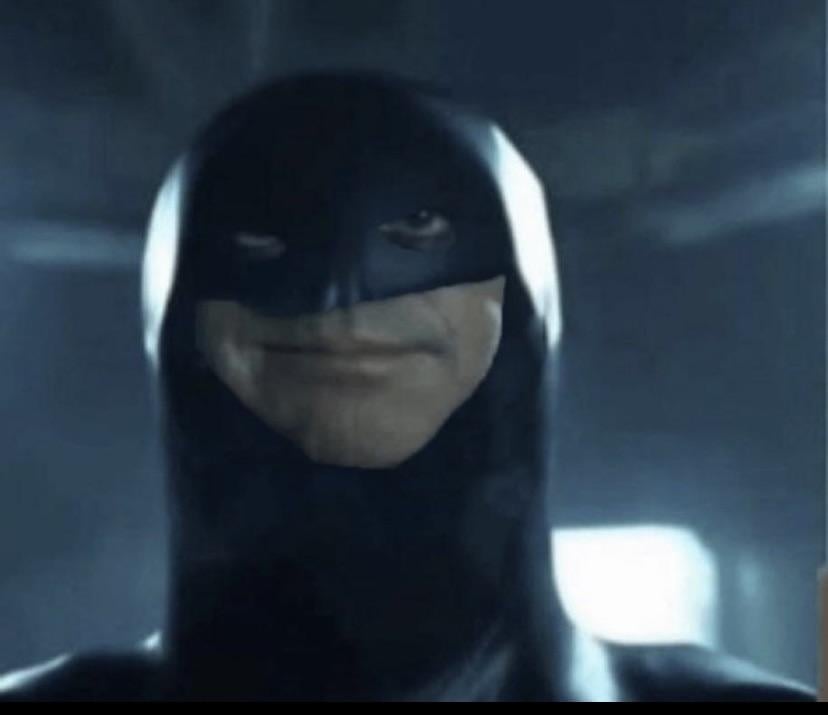This is a battery cell case that was a pain last time I printed it with supports
Ohh nice, battery pez dispenser!
Is that considered a raft + supports or just supports on there?
Just supports, I had to manually paint them in to prevent the slicer from putting them all the way up the side
In Orca slicer, if you use tree supports and hybrid, an option appears (advanced must be enabled) for something like “Essential supports only”. It is so much better than spending all that time adding or blocking supports.
What exactly is the difference to just printing it standing?
Less overhangs?
That’s one, but if you are priting a particularly delicate part, printing at an angle could strengthen the part significantly
How? What mechanisms, conditions, etc, are we manipulating which produce such a significant effect? After a bit of searching I found this write up:
https://thor3d.ca/wp/the-effects-of-print-orientation-on-strength/
Is this what we’re referring to? To summarize (if I’ve understood this properly): Printing at 45 degrees ensures none of the print’s three axes are aligned with the printer’s least accurate axis of movement.
Similar, but I believe the strength addition is also because it changes the directions of the Z-axis layers.
Most filament is rather strong in tension. If you imagine printing a regular cube, without rotation, it’s going to be strongest stretching or compressing the sides of the cube.
But if you pulled the cube apart from its top and bottom, the only adhesive strength is the fused connection between layer heights. Which is super weak.
By printing at an angle, the layer heights may be in a direction that doesn’t receive tensile load, making it functionally stronger.


